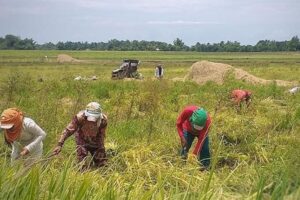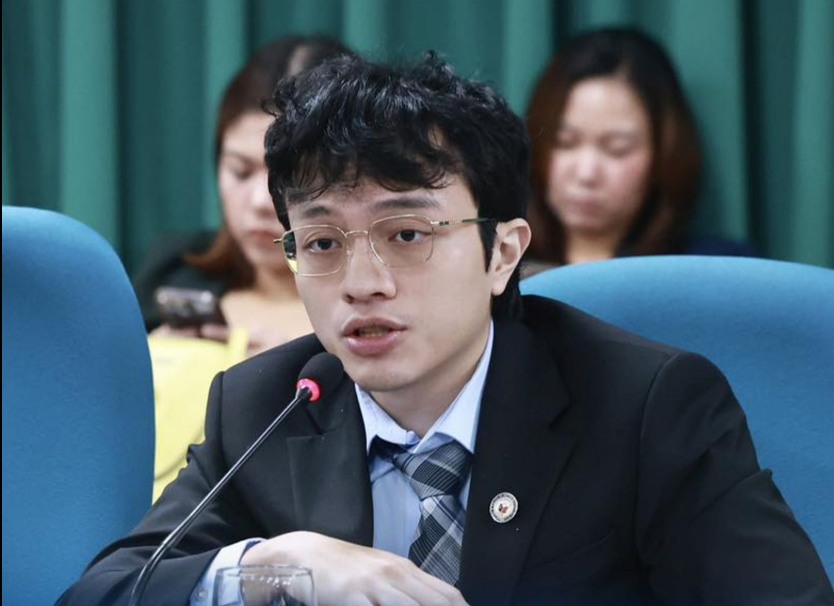One curious piece of news published by Mainichi Japan on April 1, 2025, concerns Japan’s new food supply emergency law. This law allows Tokyo to ask farmers to submit plans to increase food production, like rice, when supplies sink and prices surge. The law is crucial to Japan, which used to rely on its European granary—Ukraine—for supplies until Russia invaded it in February 2022.
Surely, the Japanese government has more respect for farmers and the Japanese people, generally, are proud of their produce, from rice to vegetables, pork, beef, fish and fruits, protecting them from the insidious impact of dumping from China, the US and other countries. Has anyone heard of Malacanang, the Department of Agriculture (DA), Bureau of Animal Industry (BAI), Bureau of Plant Industry (BPI), the Bureau of Fisheries and Aquatic Resources (BFAR) ever asking farmers and fishermen about their output, or how they could enhance their productivity?
The Japanese law, formalized last year, is significant since it deals squarely about the role of the agricultural and fisheries sectors how they can increase their output in the wake of the decreasing supply of food products, worsened by the Fukushima disaster in 2011 and a series of earthquakes, as well as the impact of climatic aberrations that have reduced harvests. Here, not only are farmers and fishermen kept out of the loop in crafting policy, they are also subject to policies based on dubious food security measures, like importing rice and other commodities in time for the harvests. In short, the government favors importers rather than domestic producers, unlike in Japan, where tariffs protect farmers. In this benighted country, rice tariffs have been reduced to encourage importations, and farmers suffer from low farmgate prices as importers dump rice and hoard it.
Kyodo News reported that in Japan, food prices continue to rise, with government data showing that the cost of rice skyrocketed 80.9% in February from a year earlier, the sharpest climb since comparable data became available in 1971. However, Japanese experts have blamed the inordinate increase in prices on a profitable segment of the economy— tourism—- as millions of foreigners descended upon Japan after the Covid-19 pandemic eased, competing for rice and other food items. High-end Japanese restaurant chains worldwide also buy rice from the homeland, further reducing the supply. To remedy the situation, Tokyo is not saying it will import rice massively but merely asking farmers to increase their yields, with the state granting incentives to those who promise to raise their output.
“Under the legislation, 12 items — including rice, meat, soybeans, wheat, sugar, eggs and dairy products — are categorized as crucial foods. The government will also work to secure the necessary supply of fertilizers and pesticides for production,” Mainichi Japan reported. If supply of the designated foods drops by 20 percent or more below the average and prices soar, the government can order farmers and food-related businesses to draw up and submit plans to boost production or raise the volume of output sent to market.
The law stipulates failure to follow such a directive is punishable. The government will not issue such orders if declining domestic supply can be supplemented by imports. As for rice, the government is not yet considering requiring farmers and corporations involved in distribution to map out plans to expand production as supplies have recently grown with prices trending higher, Mainichi Japan added. Tokyo recently ordered the sale of part of the national rice inventory pegged at 910,000 metric tons (MT) to stem rising prices. Japan imports rice annually to comply with its commitment with the World Trade Organization (WTO) but this volume is hardly touched, with the government preferring to ship the cereal overall for disaster relief.
The inventory is kept under controlled conditions to prevent it from spoiling and extending the period of its good eating quality. Imported rice in Japan usually end up as cattle feed, like the unsold 25% brokens that Vietnam could not export through Vinafood 1, which handles sales to most countries, and Vinafood 2, which exports to the socialist camp like Cuba, Venezuela, China and African nations. Throughout its history, Japan has refused to dismantle the tariff wall that protected its farmers. Now, it is encouraging farmers to produce more rice and other food products. Japan has also succeeded in inland salmon and tuna farming, adding to the supply side despite misgivings by the traditional fishermen who argue that farmed salmon fed with fishmeal harbor 70 parasites, have higher calories and are maintained free from pests by using toxic chemicals.
If Japan can ask farmers to raise their output, why can’t DA goad domestic rice farmers to raise theirs? The answer lies in the chronic failure of the department to protect them, guarantee higher farmgate prices and assure them that cheaper farm inputs will be available year-round. Overall, the service area of the National Irrigation Administration (NIA) has not breached 60% of the country’s arable land, an indication that a prime resource required by agriculture does not reach rice paddies. Finally, farmers do not have the DA’s ear as department listens more to lawmakers responsible for crafting the disaster known as the Rice Liberalization Law (RLL). (DIEGO MORRA)




